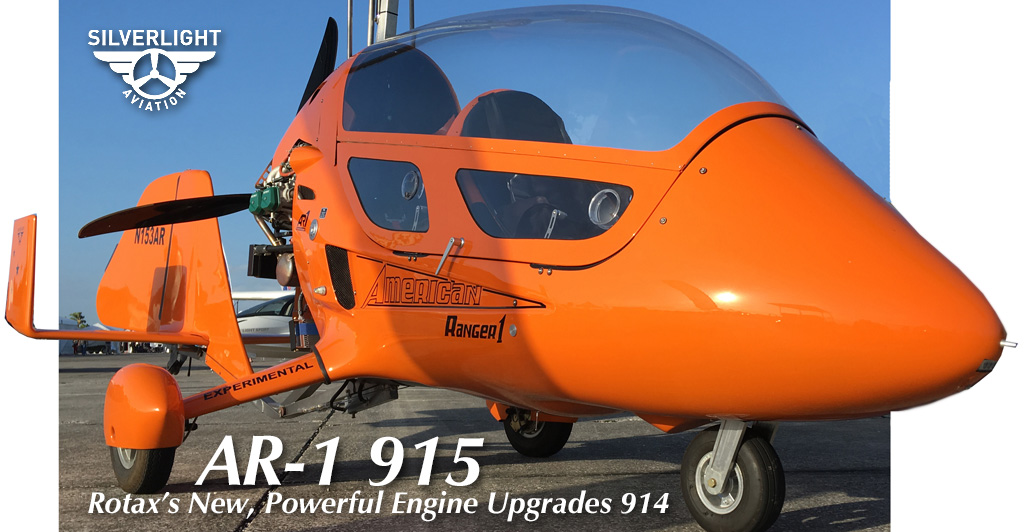
You can call modern gyroplanes “wanna-be” helicopters if you want but that might miss a few important points. First, a gyroplane can be flown by a Sport Pilot. Other than Part 103 ultralight version, a helicopter requires a higher certificate and that means a medical, at least BasicMed. LAMA believes gyroplanes will be included in FAA’s revised LSA regulation from what is known at this time. That means they’ll be available ready-to-fly and prices are so much less than conventional helicopters that it’s not even comparable. Comparing the most deluxe fully-built gyroplane to even a used helicopter is a world apart. Finally, maintenance of a gyroplane is dramatically less than any helicopter. Despite those differences, gyroplanes enjoy some of the same performance capabilities of a helicopter — other than vertical launch. Gyroplanes also work unusually well in wind conditions that might ground most other aircraft. No wonder gyroplanes have enjoyed a huge run in space-tight European countries and have been growing steadily in the USA.


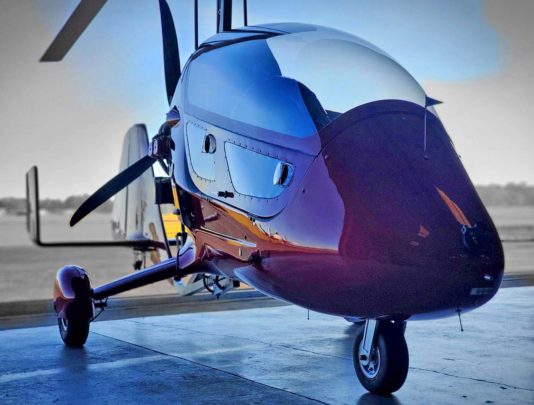 First, a gyroplane can be flown by a Sport Pilot. Other than
First, a gyroplane can be flown by a Sport Pilot. Other than 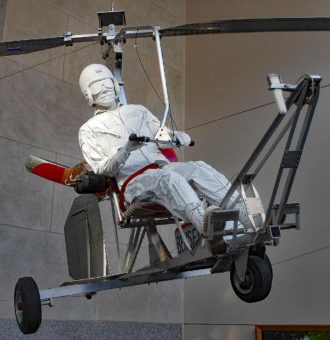
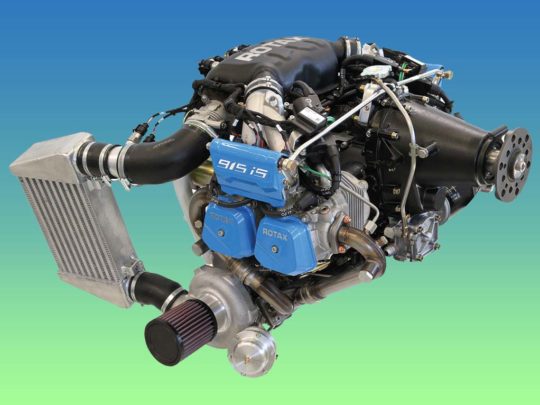 Company leader, Abid Farooqui, notes that Rotax's newest powerplant requires use of an EFIS (Electronic Flight Information System, or digital screen avionics) for engine monitoring that can interface with 915's electronic engine monitoring. Analog gauges are not an option with use of this engine. The lowest cost and simplest EFIS is
Company leader, Abid Farooqui, notes that Rotax's newest powerplant requires use of an EFIS (Electronic Flight Information System, or digital screen avionics) for engine monitoring that can interface with 915's electronic engine monitoring. Analog gauges are not an option with use of this engine. The lowest cost and simplest EFIS is 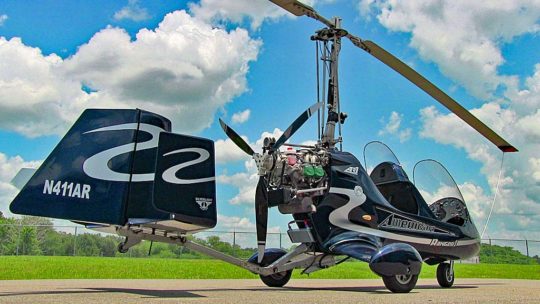 I will link to a video with much more detail but as one example, Rotax's powerful engine has a turbocharger. Those air boosters make air hotter so an intercooler is needed. The trouble with these components is they have to be securely mounted and a gyroplane like AR-1 is slim, so Abid did not want a big intercooler sticking out and upsetting the lines and low drag of his design. As the video below shows, he went to considerable effort to clean up the 915 installation.
To learn all about the many actions Abid took to install Rotax 915s into his aircraft, see
I will link to a video with much more detail but as one example, Rotax's powerful engine has a turbocharger. Those air boosters make air hotter so an intercooler is needed. The trouble with these components is they have to be securely mounted and a gyroplane like AR-1 is slim, so Abid did not want a big intercooler sticking out and upsetting the lines and low drag of his design. As the video below shows, he went to considerable effort to clean up the 915 installation.
To learn all about the many actions Abid took to install Rotax 915s into his aircraft, see 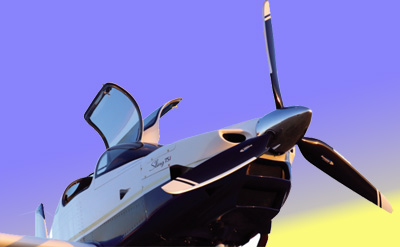 When Rotax debuted their new 915iS engine at an Oshkosh press conference, Sling designer Mike Blyth raced forward at the end of the conference to closely examine the new power plant. It was clear to me this answered a creation he had in mind and now we can see the fruit of his ambition: the new Sling TSi.
Since the
When Rotax debuted their new 915iS engine at an Oshkosh press conference, Sling designer Mike Blyth raced forward at the end of the conference to closely examine the new power plant. It was clear to me this answered a creation he had in mind and now we can see the fruit of his ambition: the new Sling TSi.
Since the 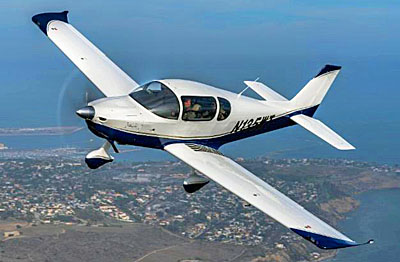 For Oshkosh 2018,
For Oshkosh 2018, 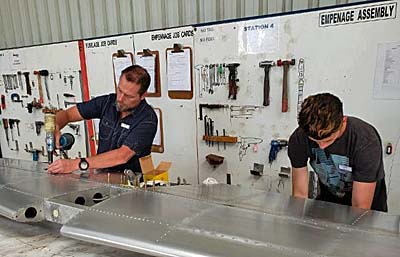 In addition to the Taco Bar treats (it is Southern California, after all, just a few miles from the Mexican border), attendees can hear about a most unusual Builder Assist experience.
The “Main Event” will feature a presentation by Wayne and Matthew Toddun who traveled to South Africa to build their Sling TSi. Not only did the father and son travel half way around the world to build their Sling TSi, the aircraft was subsequently re-assembled in Oshkosh and shown to visitors before it was flown back to Los Angeles.
TAF said that according to Matthew Toddun, "When my dad decided to purchase a new Sling aircraft for us to learn to how to fly, he went for the very best, the brand new Sling TSi!” Matthew continued, “When he decided [to pursue] a build assist program, he wanted the best assistance that we could get.”
”That is when our life-changing opportunity came about,” related Matthew. “[We would] travel to South Africa to build the first conforming Sling TSi. We spent a little over two weeks working side-by-side with the experienced factory crew, learning the ins and outs of our new plane, and assembling it piece by piece.” It was this Sling TSi that was revealed at Oshkosh 2018.
In addition to the Taco Bar treats (it is Southern California, after all, just a few miles from the Mexican border), attendees can hear about a most unusual Builder Assist experience.
The “Main Event” will feature a presentation by Wayne and Matthew Toddun who traveled to South Africa to build their Sling TSi. Not only did the father and son travel half way around the world to build their Sling TSi, the aircraft was subsequently re-assembled in Oshkosh and shown to visitors before it was flown back to Los Angeles.
TAF said that according to Matthew Toddun, "When my dad decided to purchase a new Sling aircraft for us to learn to how to fly, he went for the very best, the brand new Sling TSi!” Matthew continued, “When he decided [to pursue] a build assist program, he wanted the best assistance that we could get.”
”That is when our life-changing opportunity came about,” related Matthew. “[We would] travel to South Africa to build the first conforming Sling TSi. We spent a little over two weeks working side-by-side with the experienced factory crew, learning the ins and outs of our new plane, and assembling it piece by piece.” It was this Sling TSi that was revealed at Oshkosh 2018.
 TAF USA also announced, “Next Year we are starting the Sling Pilot Academy to help prepare pilots for the airlines.” However, If you’re not in Southern California or don’t wish to travel to Torrence, you have another attractive alternative run by a veteran flight trainer.
TAF USA also announced, “Next Year we are starting the Sling Pilot Academy to help prepare pilots for the airlines.” However, If you’re not in Southern California or don’t wish to travel to Torrence, you have another attractive alternative run by a veteran flight trainer.
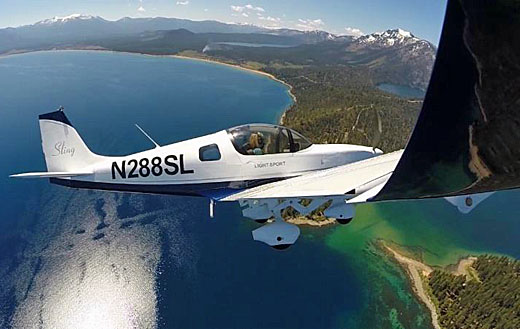
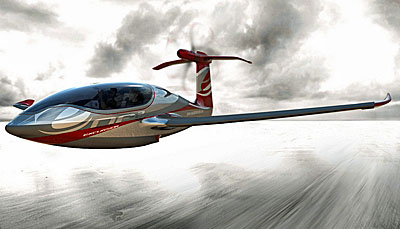 Now consider Equator Aircraft P2 Xcursion, an electric hybrid seaplane with several compelling ideas. I wrote about this in
Now consider Equator Aircraft P2 Xcursion, an electric hybrid seaplane with several compelling ideas. I wrote about this in 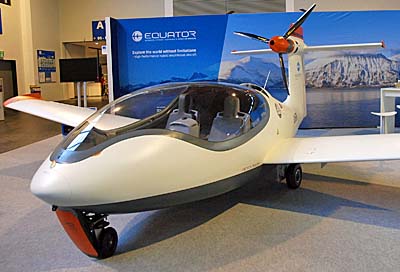
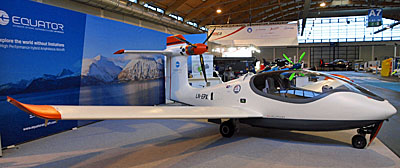
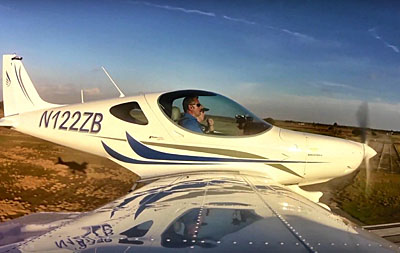 "It cannot be done," is the quick dismissal from many in aviation, referring to instrument flying in a LSA. In 2017, I venture to say everyone in aviation (worldwide) knows about Light-Sport Aircraft and the Sport Pilot certificate, but a superficial knowledge can be a bad thing. The details unveil more.
"It cannot be done," is the quick dismissal from many in aviation, referring to instrument flying in a LSA. In 2017, I venture to say everyone in aviation (worldwide) knows about Light-Sport Aircraft and the Sport Pilot certificate, but a superficial knowledge can be a bad thing. The details unveil more.
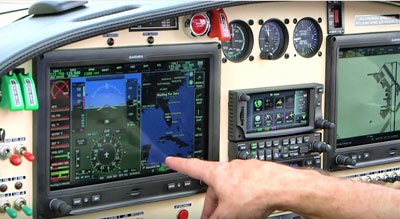 So, as some say, it cannot be done, right? Wrong.
So, as some say, it cannot be done, right? Wrong.
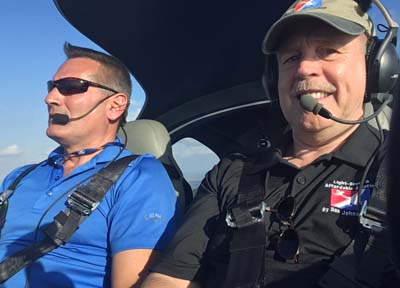 At
At 